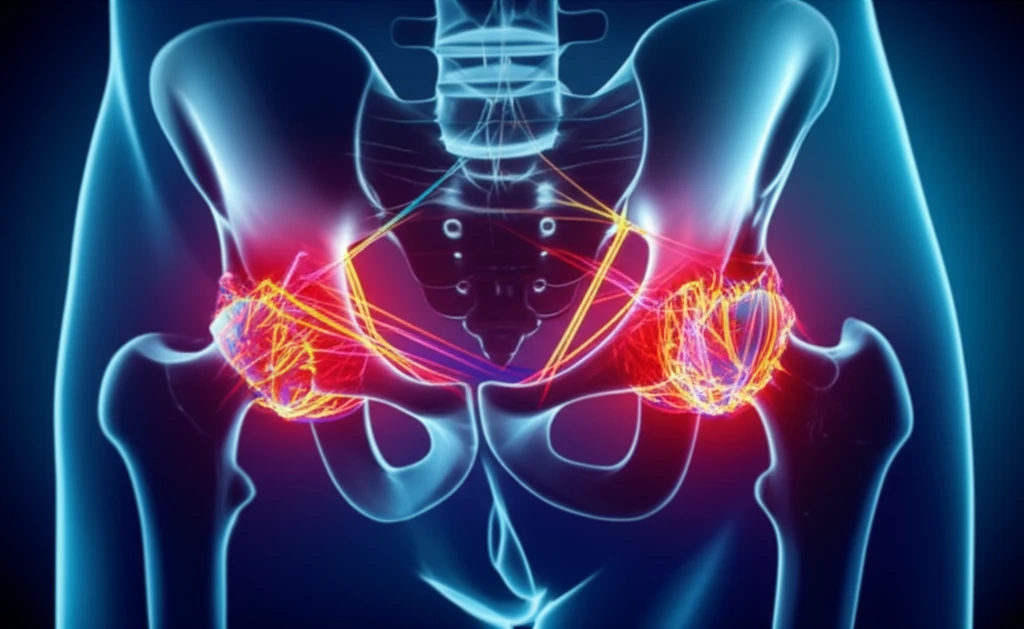
Hip Score Showdown: Which Tool Best Tracks Recovery After a Fracture?
"A new study puts two popular hip scoring systems to the test, revealing surprising insights for doctors and patients navigating recovery from acetabular fractures."
Recovering from a hip fracture can feel like navigating uncharted territory. You're eager to get back on your feet, but how do you measure progress and know if you're truly improving? Doctors rely on scoring systems like the Modified Merle d'Aubigne-Postel (mMAPS) and the Harris Hip Score (HHS) to track your recovery. These scores assess pain levels, walking ability, range of motion, and overall hip function. But are these tools equally reliable, especially in the critical early months after surgery?
Acetabular fractures, while not the most common type of break, often result from high-impact events like car accidents or falls. These fractures disrupt the hip socket, impacting stability and movement. Successfully fixing these fractures is just the first step. Monitoring your functional recovery – how well you can move, walk, and perform daily activities – is crucial for a successful outcome.
A recent study published in the Journal of Clinical Orthopaedics and Trauma dives deep into the performance of these two scoring systems. Researchers compared mMAPS and HHS scores collected from patients in the first nine months after acetabular fracture fixation, aiming to understand their correlation and agreement. The findings offer valuable insights for both doctors and patients striving for optimal hip function after a fracture.
mMAPS vs. HHS: Unpacking the Hip Score Systems

Before we dive into the study's findings, let's break down what these scoring systems actually measure. Both the Modified Merle d'Aubigne-Postel (mMAPS) and the Harris Hip Score (HHS) aim to quantify your hip's functionality, but they do so with slightly different approaches.
- Pain: How much pain are you experiencing? Is it constant, intermittent, or only present with activity?
- Walking/Ambulation: Can you walk normally, or do you need a cane, crutches, or other support?
- Range of Motion: How far can you move your hip in different directions?
The Simpler Score May Suffice
If you're recovering from an acetabular fracture, understanding how your progress is being measured can empower you to actively participate in your care. While both mMAPS and HHS provide valuable insights, this study suggests the simpler mMAPS score may be sufficient for routine monitoring. Talk to your doctor about which scoring system they use and how the results inform your treatment plan. By working together, you can optimize your recovery and get back to doing the things you love.
